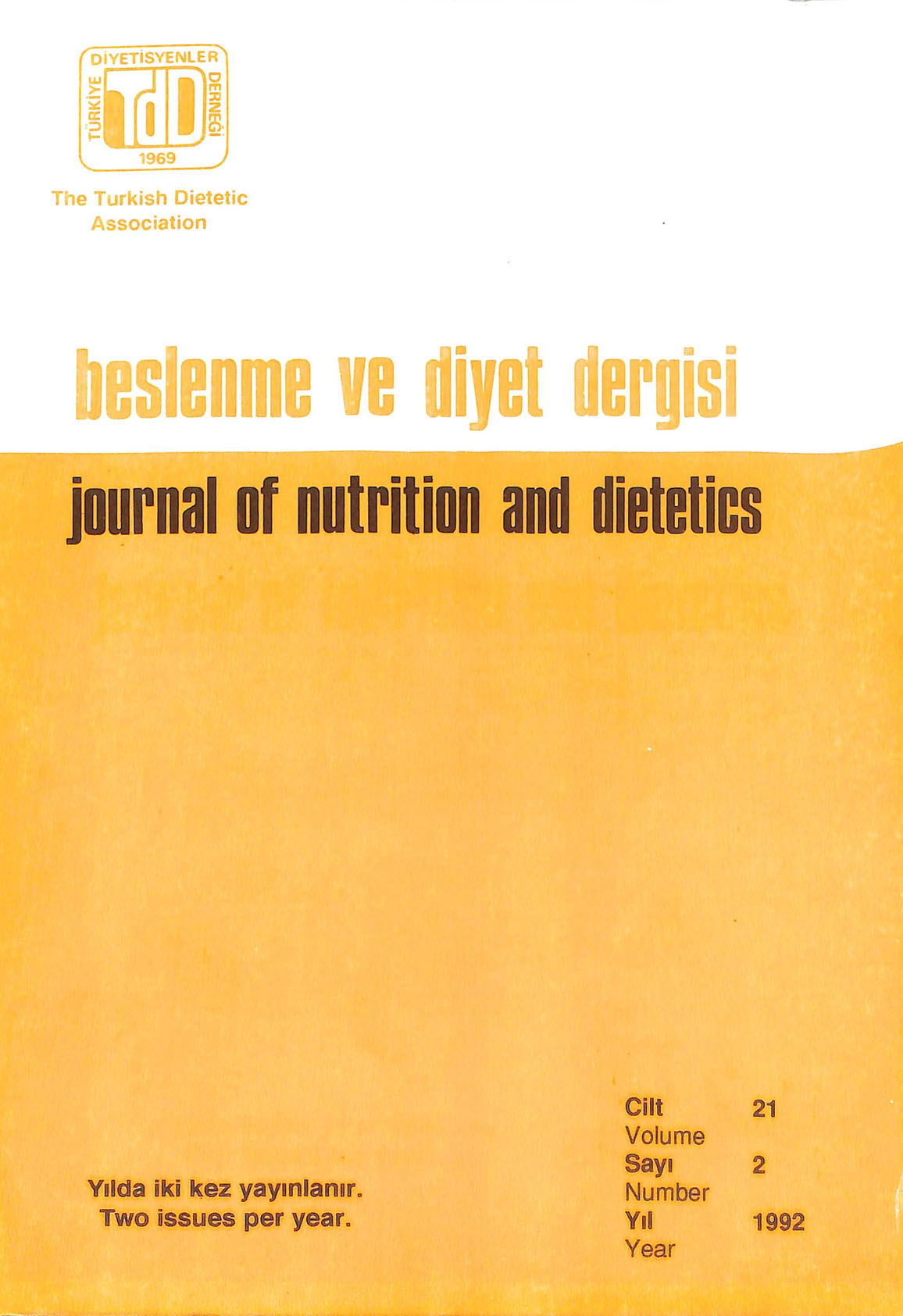Dıet In Urolıthıasıs
Keywords:
Taş HastalığıAbstract
For most of patients with urolithiasis, it’s very difficult to forget the experience that they had during renal colic 5% of females and 10% of males experience at least one urolithiasis attack until they reach their seventies, Recurrences are common. After the first renal stone attack, only 3% of the cases will experience the second one, but after the second attack, this proportion will rise up to 6%. Besides family predisposition, intestinal diseases, obesity or renal tubular diseases can play role in urolithiasis. Urolithiasis is a conclusion when the patient's urine is dense, urolithiasis is the first diagnosis to be looked for. Calcium, oxalate, uric acide, phosphates and systine are major elements in urolithiasis. Renal stones are seen after the crystallisation of these elements/Certain foods in the diet, can rise the amount of oxalate in the urine, struvite stones are calcuim amonnium phosphate stones and they can be seen as infection stones. Enough liquid intake will help to maintain low density urine and will decrease the amount of crystals in urine. As in most cases, the etiology of the stones cannot be determined, an effective protection may not be built. The equilibrium of the diet is important. Except the limitation in uric acide and systine stones, for most of the authors, the diet doesn’t have an important and a spesific role in urolithiasis. In this issue, we mentioned the role of the elements which are believed to take a major role in urolithiasis, in daily diet.

